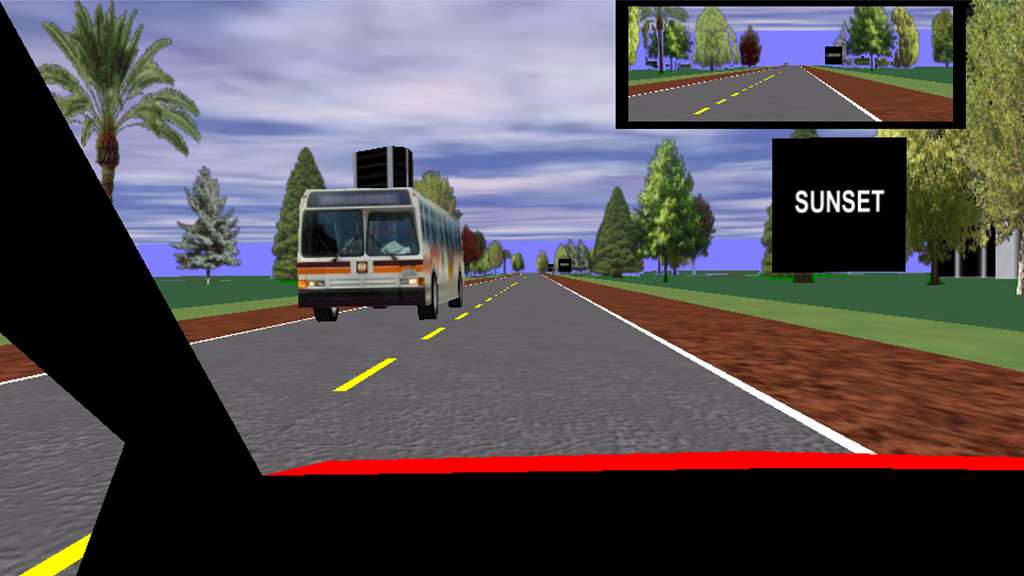 Supplied
SuppliedIt’s already hard enough to drive without getting distracted, but an ongoing University of Alberta study suggests that emotionally arousing billboards may be the reason the car in the next lane is be driving too close.
Michelle Chan, a PhD Candidate in the Department of Psychology, has been researching how the stimuli projected by billboards affects a person’s driving. The project has discovered that erotic images, such as a woman in a bikini, and graphic images, such as child abuse, violence, or the harms of smoking, tend to affect drivers’ attention in different ways.
Chan, who works in the U of A Attention and Action Lab, began her research in 2009 using a driving simulator.
She said they started off by using single words, which were placed on the billboards in the simulator. The second stage involves using images.
“In research you always use more basic stimuli before going into the more complex stimuli,” she said.
The study involves associating three types of stimuli — positive, negative and neutral — to billboards. Words like “table,” and “chair” were used as neutral words, while words such as “beach” and “sunshine” were used as positive stimuli.
Among the student participants, negative words such as “abuse”’ “cancer” and “reject” made drivers take more time to glance at the billboards, leading to more lane deviation and slower driving.
On the other hand, positive stimuli appeared to spark some form of “emotional arousal” as participants sped up when they saw positive-message billboards. Chan said the neutral stimuli seemed to have little to no effect.
Similar results were seen when they applied the same concept to auditory words that the participants heard from the speakers of the car simulation.
“It might be a good idea to know that these types of stimuli can have an effect on your driving performance,” she said.
She mentioned how other studies have looked at music’s effect on driving. She said even in those research projects, happy music caused people to speed up, while negative stories on radio caused people to slow down and pay more attention to their driving while listening.
Drivers are most careless when surrounded by negative stimuli in comparison to positive stimuli, Chan said. As a result, negative news stories or billboards utilizing shock advertising may be more dangerous to drivers.
“People pay more attention to the billboards at the expense of their driving,” she said. “But I would say that negative images have an impairing effect.”
A memory recall exercise done after the simulation runs revealed that most participants recalled more positive and negative words in comparison to the neutral words.
The purpose of advertisements is to draw attention, Chan said. Neutral images are “boring,” which is why advertisers tend to go for positive or negative images on their billboards.
Chan began the project because she wanted to add her own angle to studies that already look at whether billboards and emotion distract drivers.
Her study will continue until this summer, when she will have completed testing the effects of billboards with images. Right now, she is researching whether swear words and sexual words have any effect on the emotional stimulation of drivers. She said that so far the results are strange because there are few lane deviations.
“Because these (swear) words capture so much attention, it may be that drivers are overcompensating by driving carefully,” she said.




